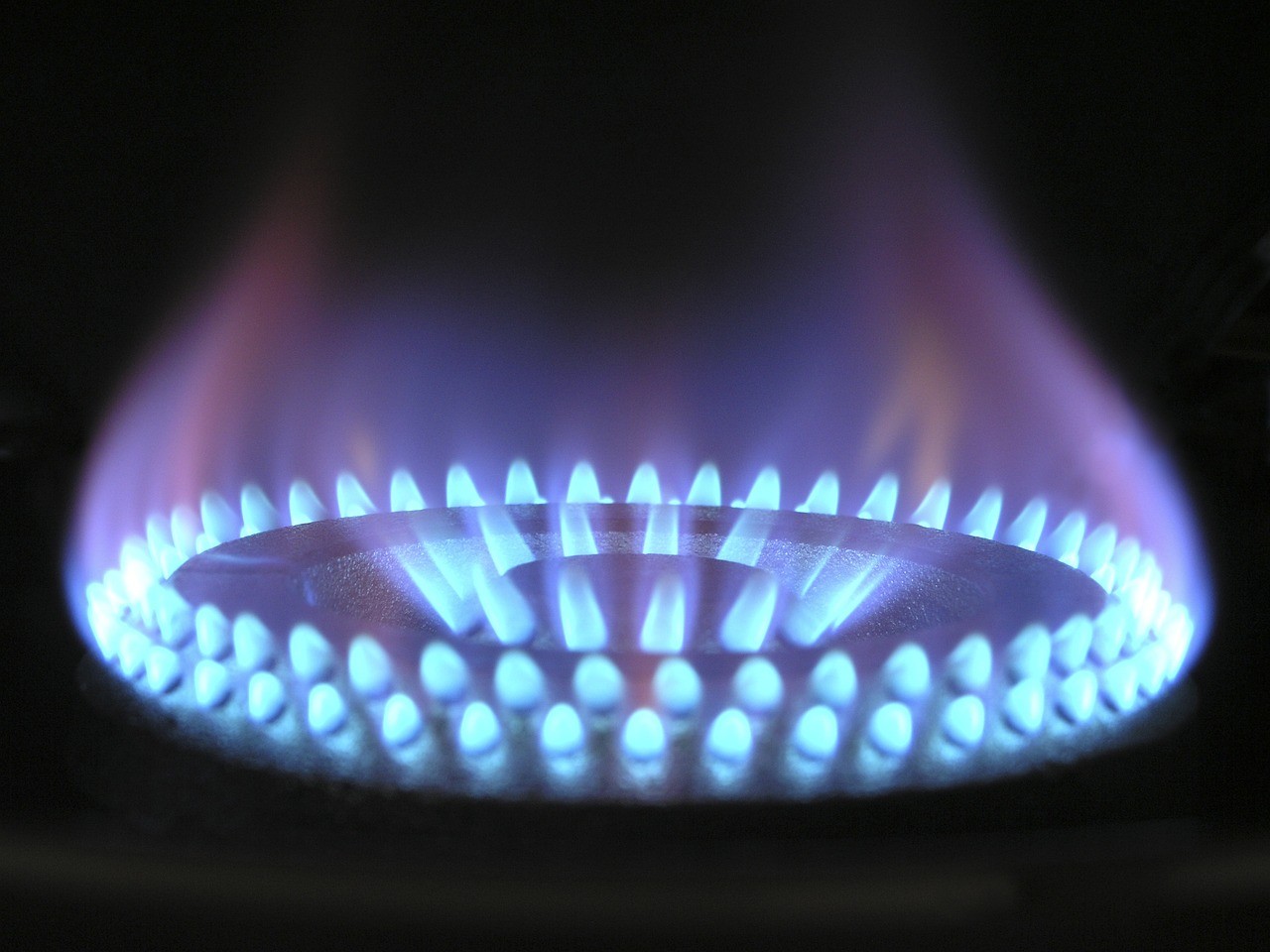If you’re planning to build an outdoor kitchen, you might be wondering for first time gas installation for outdoor gas for your appliances. Gas is a popular choice for outdoor cooking, as it offers convenience, efficiency, and versatility.
However, gas installation is not a DIY project. It requires professional skills, equipment, and safety measures. In this article, we’ll explain the basics of gas installation for outdoor kitchens, including the types of gas, the components, and the safety precautions.
Types of Gas: Natural Gas vs. Propane
The first thing you need to decide is what type of gas you want to use for your first time gas installation outdoor kitchen. There are two main options: natural gas and propane. Both have their pros and cons, depending on your needs and preferences.
First Time Gas Installation and Natural Gas
Natural gas is the same gas that you use for your indoor appliances, such as your stove, oven, or water heater. It is delivered to your home through a network of pipes, so you don’t have to worry about refilling tanks or running out of gas. Natural gas is also cheaper and more eco-friendly than propane, as it produces less greenhouse gas emissions.
However, natural gas also has some drawbacks. First time gas installation, you need to have a natural gas line that reaches your outdoor kitchen area. This may require digging, trenching, or extending your existing gas line, which can be costly and time-consuming.
Second, natural gas has a lower heat output than propane, which means it may take longer to cook your food or heat your water. Third, natural gas is highly flammable and explosive, so you need to be extra careful with leaks, sparks, or flames.
Propane
Propane is a type of liquefied petroleum gas (LPG) that is stored in tanks or cylinders. It is widely available and easy to transport, so you can use it anywhere you want. Propane has a higher heat output than natural gas, which means it can cook your food faster and hotter. Propane is also more stable and safer than natural gas, as it has a lower risk of leaking or igniting.
However, propane also has some disadvantages. First, you need to buy and refill your propane tanks regularly, which can be inconvenient and expensive. Second, you need to store your propane tanks properly, away from direct sunlight, heat sources, or combustible materials. Third, propane can produce more carbon monoxide than natural gas, which can be harmful to your health if inhaled.
Components of First Time Gas Installation for Outdoor Kitchens

Once you’ve chosen your type of gas, you need to know the components of gas installation for your outdoor kitchen. These include the gas supply, the gas regulator, the gas hose, the gas fittings, and the gas appliances.
Gas Supply
The gas supply is the source of gas for your outdoor kitchen. It can be either a natural gas line or a propane tank, depending on your choice. The gas supply should be located close to your outdoor kitchen, but not too close to pose a fire hazard. The gas supply should also have a shut-off valve that allows you to turn off the gas flow in case of emergency.
Gas Regulator
The gas regulator is a device that controls the pressure and flow of gas from the gas supply to the gas appliances. It ensures that the gas is delivered at the right pressure and volume for optimal performance and safety. The gas regulator should be compatible with your type of gas and your gas appliances. The gas regulator should also be installed by a licensed gas fitter, as improper installation can cause gas leaks, fires, or explosions.
Gas Hose
The gas hose is a flexible tube that connects the gas regulator to the gas appliances. It allows the gas to travel from the gas supply to the gas appliances. The gas hose should be made of durable and heat-resistant material, such as stainless steel or rubber. The gas hose should also be long enough to reach your gas appliances, but not too long to create kinks or loops that can restrict the gas flow.
Gas Fittings
The gas fittings are the connectors that join the gas hose to the gas appliances. They ensure that the gas hose is securely attached to the gas appliances, preventing gas leaks or disconnections. The gas fittings should be compatible with your type of gas, your gas hose, and your gas appliances. The gas fittings should also be tightened and checked for leaks by a licensed gas fitter, as loose or faulty fittings can cause gas leaks, fires, or explosions.
Gas Appliances
The gas appliances are the devices that use gas for cooking, heating, or lighting in your outdoor kitchen. They can include gas grills, gas burners, gas ovens, gas fire pits, gas heaters, gas lanterns, and more. The gas appliances should be designed for outdoor use, as indoor appliances may not withstand the weather conditions or meet the safety standards for outdoor use. The gas appliances should also be compatible with your type of gas, your gas regulator, your gas hose, and your gas fittings. The gas appliances should also be installed and maintained by a licensed gas fitter, as improper installation or maintenance can cause gas leaks, fires, or explosions.
Top 7 Safety Measures for Gas Installation for Outdoor Kitchens
Gas installation for outdoor kitchens is not a DIY project. It requires professional skills, equipment, and safety measures. Here are some of the safety measures that you should follow when installing gas for your outdoor kitchen:
1.) Hire a Licensed Gas Fitter to Install, Inspect, and Service Your Gas System
A licensed gas fitter has the training, experience, and certification to handle gas installation safely and correctly. A licensed gas fitter can also advise you on the best type of gas, the best location of gas supply, and the best layout of gas appliances for your outdoor kitchen.
2.) Follow the Manufacturer’s Instructions and Local Codes for Your Gas System
Each gas system has its own specifications and requirements that you should follow to ensure optimal performance and safety. You should also comply with the local codes and regulations that govern gas installation in your area. These may include permits, inspections, clearances, venting, and more.
3.) Use the Right Tools and Materials for Your Gas System
Use only the tools and materials designed and approved for gas installation, including gas-rated hoses, fittings, regulators, and valves. Also, avoid any tools or materials that are damaged, corroded, or incompatible with your gas system to prevent gas leaks, fires, or explosions.
4.) Test Your Gas System for Leaks Before Using it
You should test your gas system for leaks after installing it, and periodically thereafter, to ensure that there are no gas leaks that can pose a fire or health hazard. You can test your gas system for leaks by applying a soap solution to the gas connections and looking for bubbles. If you see any bubbles, you have a gas leak that needs to be fixed immediately. You can also use a gas detector or a gas sniffer to detect gas leaks.
5.) Turn off Your Gas System When not in Use
You should turn off your gas system when you’re not using it, especially when you’re away from your outdoor kitchen or during bad weather. You can turn off your gas system by closing the shut-off valve on your gas supply, and by turning off the knobs or switches on your gas appliances. This will prevent any gas from escaping or igniting accidentally.
6.) Keep Your Gas System away from Flammable or Combustible Materials
You should keep your gas system away from any flammable or combustible materials, such as wood, paper, cloth, or oil. You should also keep your gas system away from any sources of ignition, such as sparks, flames, or cigarettes. This will prevent any gas from catching fire or exploding.
7.) Keep Children and Pets away from Your Gas System
You should keep children and pets away from your gas system, as they may not understand the dangers of gas or how to use it safely. You should also teach your children and pets to stay away from your gas system, and to never play with or touch it. This will prevent any injuries or accidents involving your gas system.
How We Helped a Customer in Cottesloe Achieve Their Dream Outdoor Kitchen with Our Gas Installation Service
At Splash and Gas, we are experts in first time gas installation for outdoor kitchens. We have the skills, equipment, and experience to handle any gas installation project, big or small. We also have the passion, creativity, and customer service to make your outdoor kitchen dreams come true.
One of our recent projects was for a customer in Cottesloe, who wanted to build an outdoor kitchen with a gas grill, a gas burner, a gas oven, and a gas fire pit. They chose propane as their type of gas, as they wanted a high heat output and a portable gas supply. They also wanted a sleek and modern design for their outdoor kitchen, with a stainless steel finish and a stone countertop.
We started by assessing their outdoor kitchen area and designing a gas system that suited their needs and preferences. We then installed a propane tank near their outdoor kitchen, with a shut-off valve and a gas regulator. We then ran a gas hose from the gas regulator to the gas appliances, using gas fittings to secure the connections.
We then installed the gas appliances, following the manufacturer’s instructions and local codes. We then tested the gas system for leaks, using a soap solution and a gas detector. We then turned on the gas system and showed the customer how to use it safely and efficiently.
Feedback from the Customer
The customer was thrilled with the result of our gas installation service. They loved their new outdoor kitchen, which had everything they needed for cooking, entertaining, and relaxing. They praised our professionalism, efficiency, and quality of work. They also appreciated our friendly and helpful attitude, as we answered all their questions and gave them tips on how to use and maintain their gas system. They said they would recommend us to anyone who needs gas installation for outdoor kitchens.
Conclusion
First Time Gas installation for outdoor kitchens is a complex and important project that requires professional skills, equipment, and safety measures.
It also involves choosing the right type of gas, the right components, and the right layout for your outdoor kitchen. At Splash and Gas, we have the expertise and experience to handle any gas installation project for outdoor kitchens.
We also have the passion and creativity to make your outdoor kitchen dreams come true. Whether you want a gas grill, a gas burner, a gas oven, a gas fire pit, or any other gas appliance, we can install it for you safely and efficiently. Contact us today and let us help you create your perfect outdoor kitchen with our gas installation service.

